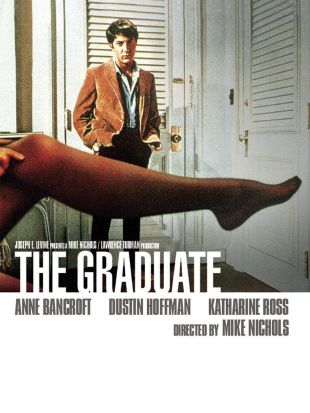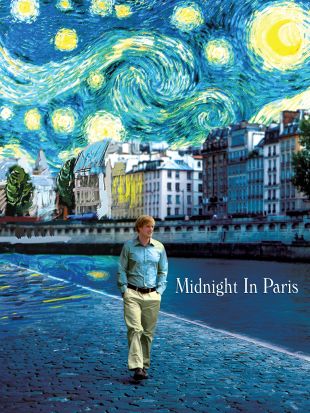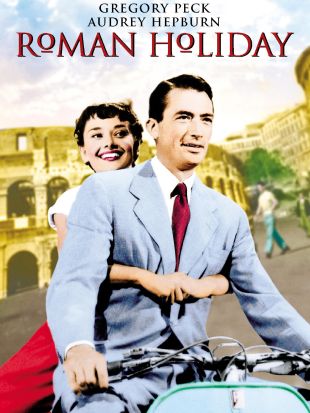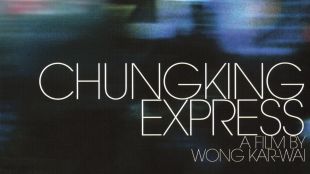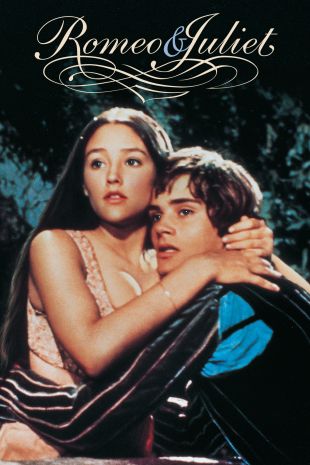
The Scarlet Letter (1917)
Directed by Carl Harbaugh
Genres - Drama |
Release Date - Feb 12, 1917 (USA - Unknown) |
Countries - United States |
MPAA Rating - NR
Share on
Synopsis by Hal Erickson
When producer-star Demi Moore added a gratuitous "burned at the stake" scene to her 1995 vanity-production version of Nathaniel Hawthorne's The Scarlet Letter, she was raked over the coals for distorting and misrepresenting the original novel. While this may be true, it should be noted that Moore was not the first filmmaker to "improve" the Hawthorne novel by dragging in elements of the Salem witch trial. That honor goes to director Carl Harbaugh, who was responsible for the 1917 version of The Scarlet Letter. In this one, Mary Martin (not the same-named musical comedy actress) starred as Hester Prynne, whose refusal to name the father of her illegitimate daughter results in her being symbolically branded with an "A" for adultery by her Puritanical neighbors. The man who brought about Hester's shame was Rev. Arthur Dimmesdale (Stuart Holmes), who begs Hester to allow him to confess his sins. But Hester, aware that the townsfolk considers Dimmesdale a role model, insists that he keep his silence. When the truth does come out, the film digresses spectacularly from the Hawthorne original, as the townspeople accuse Hester of "bewitching" the weak-willed minister. Thus it is that the heroine is condemned to be burned as a sorceress, a fate from which she is rescued only by the fevered pleas of the repentant Dimmesdale. It was suggested by the trade magazine Variety that the "burning" gimmick was inspired by the recent Cecil B. DeMille production Joan the Woman. Whatever the case, this version of The Scarlet Letter was justifiably dwarfed by the more faithful 1926 adaptation starring Lillian Gish.


